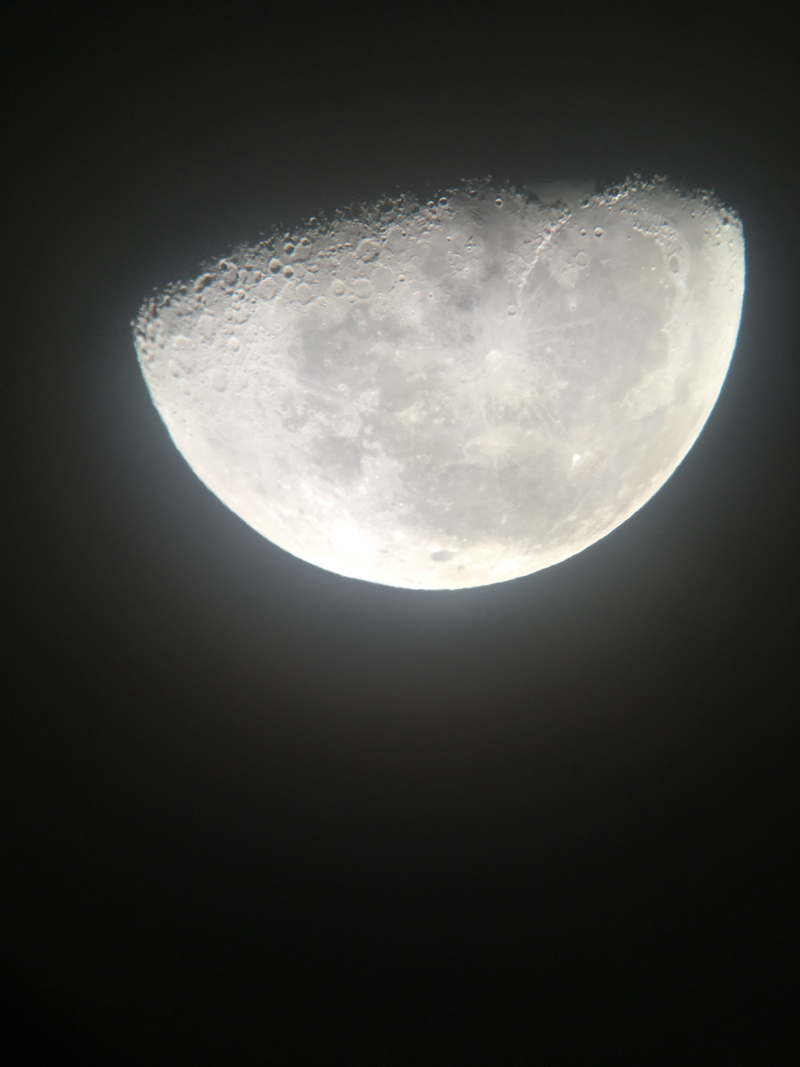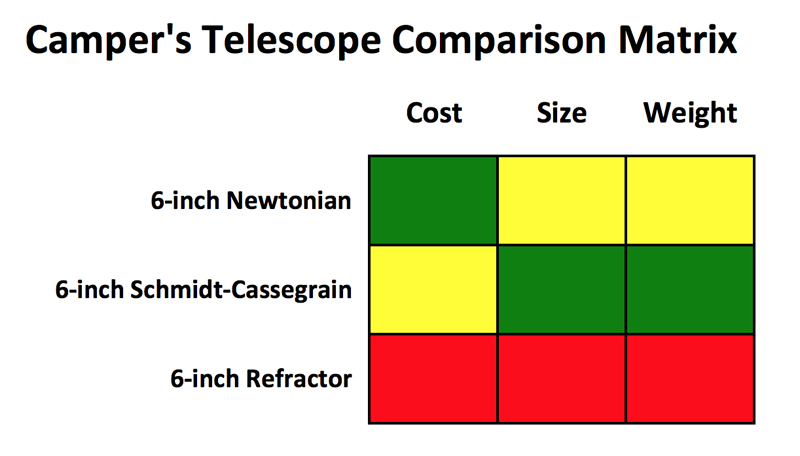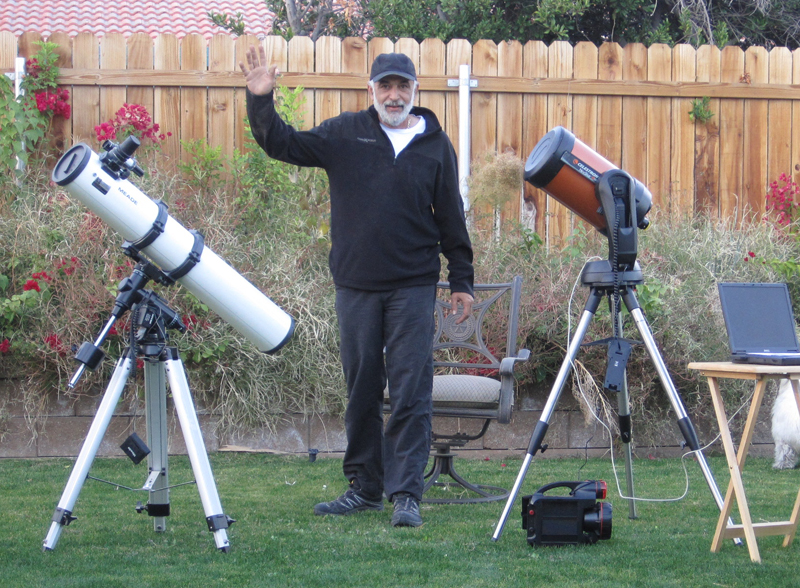
Last month I wrote about using binoculars for backpacking as a means to enhance the back country experience. Telescopes are not practical to take backpacking, but they are for those who car camp or own a recreational vehicle.
I often get questions about telescopes, especially since I wrote this article about my telescope upgrades way back in 2013. If you are interested in the night sky and the cosmos, a telescope is almost a must have.
The “Best” Products
Unlike so many Internet blogs and websites that compile a list of “best” products and then give you a list of choices, which are linked to affiliate sites that earn a commission for the blogger’s or website owner, I’m not going to compile a list of “best” telescopes because there is no best.
I have owned telescopes since the ‘70s, but I’m certainly not an expert when it comes to astronomy and scopes. So keep that in mind. Also, should anyone care, I have purchased all of my equipment with my own money and nothing has been given to me. No company has asked me to review any piece of equipment, and truth be told, no telescope company knows who I am, nor does anyone on the planet think I am some sort of expert. Given all of this disclaimer stuff, I greatly enjoy astronomy and get hours and hours of pleasure from it.
This is going to be a series of posts, as there is a lot to cover and I don’t want to get too technical, as my intention is to share information with those who have little or no experience with telescopes. Additionally, I cannot get too technical because I don’t have the requisite experience and knowledge. But I do know more than most non-astronomer people do.
This first post will discuss what features one may want to consider in a telescope.
The First Step
Don’t buy a telescope. Yep, the first step in my Telescope Buying Guide is not to purchase one. There are a number of preparatory steps that should be completed first.
Goals or Needs
Probably most important is what one wants a telescope to do. The first two considerations are visual and astrophotography. Do you just want to visually view objects in the night sky or are you interested in photographing objects, or both? Are you interested in only viewing the planets and the Moon, or do you desire to view deep sky objects such a galaxies and nebulae? If you can only view the Moon and four of the most visible planets, will you get bored and stop using the scope.
Will you use the telescope at home too? Can you use it at home or is your night sky void of objects due to extreme light pollution?
These answers will help determine what type and size telescope will fit your needs, and what kind of tripod and mount to use.
Expectations
Next, and probably where most people who buy their first telescope are disappointed, is what you expect to see.
Most of the images of space objects we see published are taken with the Hubble telescope that is above the earth’s atmosphere. You will not get this kind of a view looking through the eyepiece of a telescope.
If you go to a telescope manufacturer’s website and they have a picture of an object taken with that scope, it is probably not what you will see through an eyepiece either. Those pictures are taken with high-resolution cameras attached to the scope, and sometimes the final picture is a composite of hundreds, if not thousands, of individual pictures stacked on top of each other, then tweaked with a program such as PhotoShop. Plus a camera sensor can “see” things our eyes cannot.
How to Best Set Your Expectations
The best method, which is pretty much not an option during the COVID-19 pandemic, is to go to a star party or astronomy club gathering and actually look through different scopes. Another option is to look through a friend’s telescope, if you know anyone who has one.
Aperture and Eyepieces
The type of construction and the diameter of the main lens or main mirror classify telescopes. Aperture is the diameter of the main lens or main mirror.
The aperture of my Celestron NexStar 8se is 8 inches (or 203mm). The maximum “useful” magnification of a telescope is 50 times the aperture if measured in inches, or double the aperture if measured in mm.
So for my scope the maximum magnification is:
8″ X 50 = 400 times magnification
or
203mm X 2 = 406 times magnification
The magnification depends upon the eyepiece used. There are calculators on the web to help with this. For my scope:
30mm eyepiece = 68x
24mm eyepiece = 85x
20mm eyepiece = 102x
16mm eyepiece = 127x
12mm eyepiece = 169x
8mm eyepiece = 254x
I find that anything over 250x magnification loses too much of the sharpness. So in most cases, the highest useful magnification for me is 250x.
Magnification really isn’t that useful without a lot of experience. It doesn’t tell us the quality of the image, although we can calculate how much of the eyepiece will be filled by the image. Consider also that the quality of the optics makes a huge difference. A $10,000 telescope with a $500 eyepiece will produce a much better image than a $300 department store scope of the same size and construction type.
Most of us will want a system somewhere in the mean. Quality viewing at a reasonable price. Depending on one’s goals, a decent scope and mount is going to cost more than $500, and it will be a smaller scope.
Real World Visual of the Moon
Obviously the Moon is the easiest object to observe. With my 30mm eyepiece I can easily see the craters and other formations on the Moon. When the “seeing” is good, I can see the cloud bands and four moons of Jupiter, the rings of Saturn, and geographic features of Mars. The other planets are just tiny discs.
Below is a picture I took with my iPhone, by holding its camera lens just above the 30mm eyepiece, which isn’t easy to do without some sort of mount to secure a phone.
Real World Visual of Mars
Mars, Jupiter, and Saturn are going to be around 1/60 the size of the Moon. This month Mars is in opposition giving us the best view in two years. Last night I took this photo with my iPhone using the same 30mm eyepiece. Unfortunately there was a lot of turbulence in the air, so Mars was somewhat fuzzy. But the picture will provide an idea of size versus the Moon.
I’ll be taking some more iPhone pictures with the other lenses in future articles to provide an idea of what objets look like with different eyepieces.
Importance of Aperture and Visual Observation
For visual observing Aperture is king. The bigger the aperture of a telescope the greater its light gathering ability, which determines what we can see and the resolution of the image.
Instead of trying to explain this, I’ll just use this photo I found on this website.
The eyepiece will also determine how large the viewed image is. As mentioned earlier, I can easily see the full Moon with my 30mm eyepiece. With my 8mm eyepiece I can see less than 1/8th of the Moon, but I can see greater detail.
As apertures get bigger, telescopes are heavier, are much more expensive, and require larger and heavier tripods and mounts.
For those interested only in astrophotography, aperture isn’t as important because large sensors in cameras mounted on precise tracking mounts can capture breathtaking photos. In addition to this, specialized capture software and post-processing software create the finished product. I delve more into this in a future post.
Types of Telescopes
The three most common types that I see in campgrounds are:
- Refractors (no mirrors just lens construction)
- Reflectors — invented by Isaac Newton (two mirrors plus and eyepiece)
- Schmidt-Cassegrain — somewhat similar to a Newtonian but much more compact with similar performance
There are other types of telescopes, but I want to keep this as simple as possible. Plus, I have owned each of the three types mention. If you do enough research, you may find a Dobsonian telescope best fitted to your needs.
Below are pictures of these three types. I have used Celestron models since I have much experience with this company’s products. It doesn’t mean Celestron is the best product on the market at any given price point.
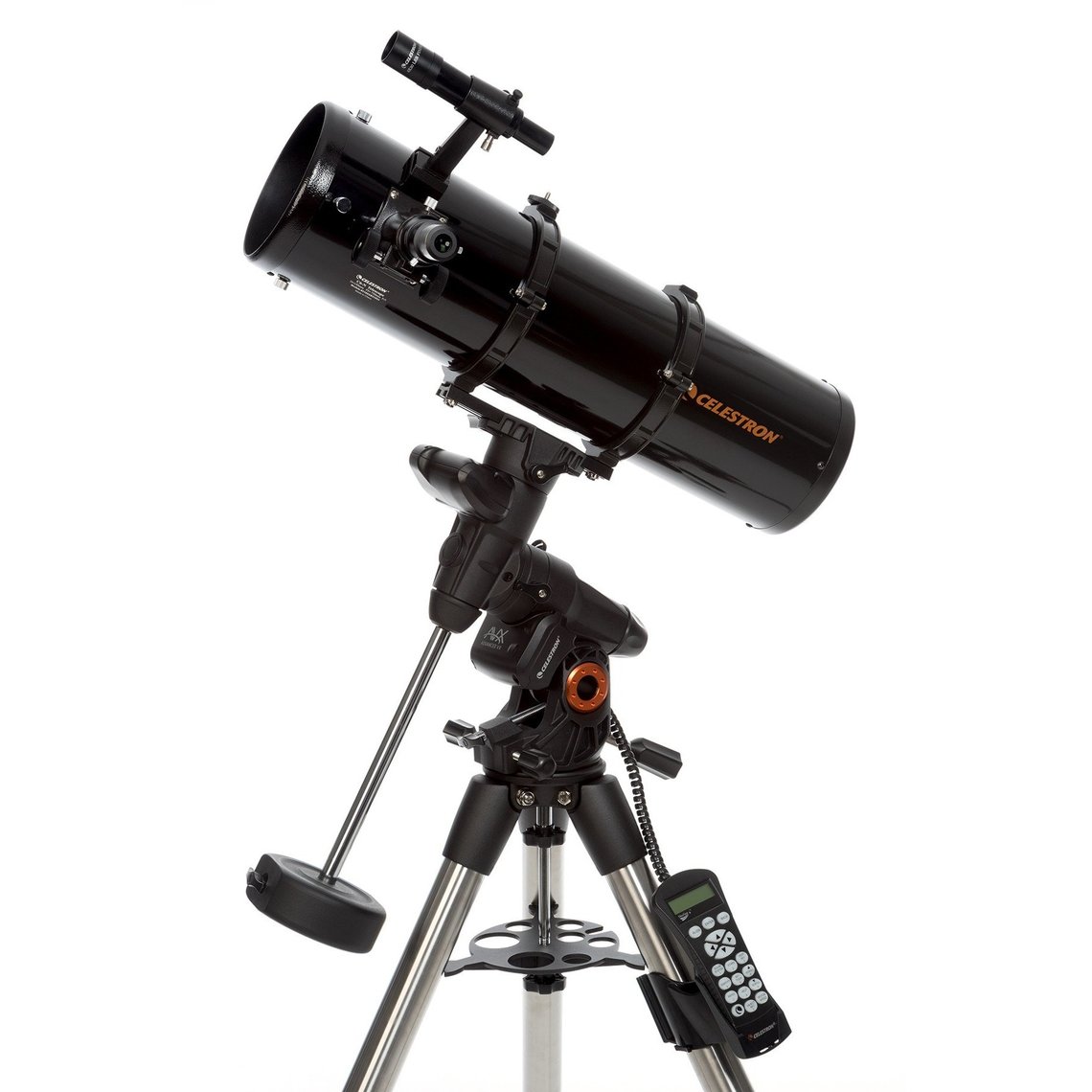
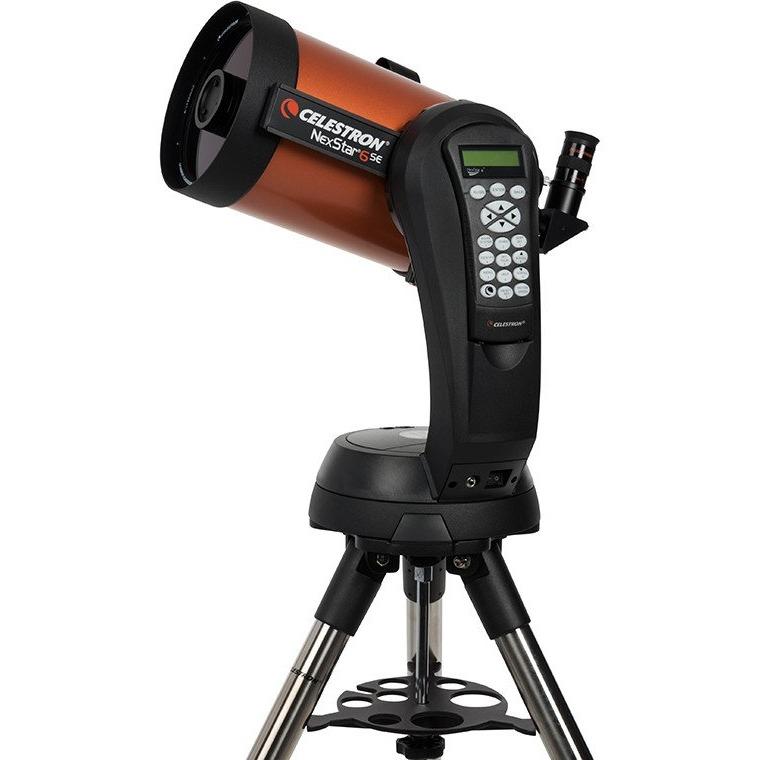
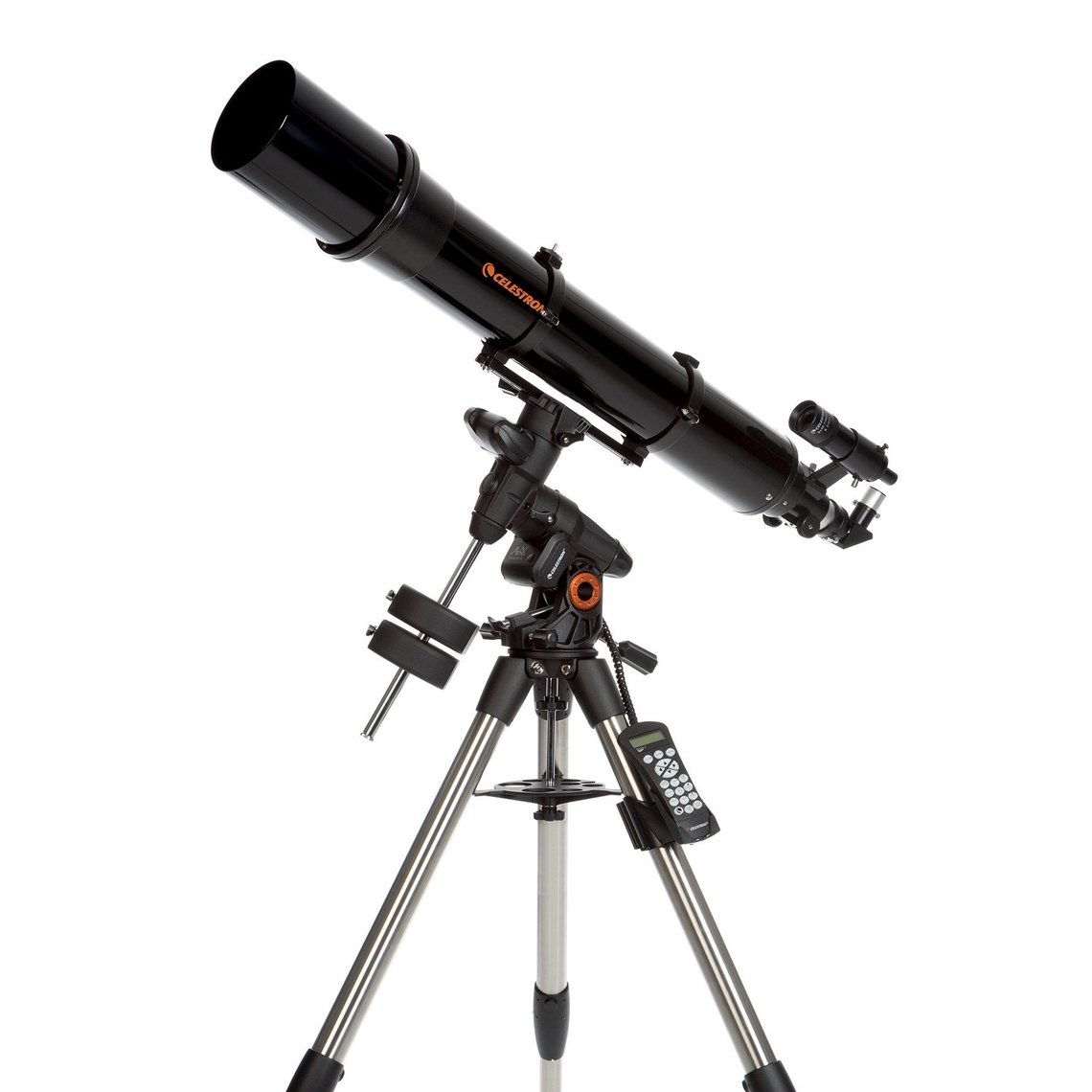
Quality “mass market” telescopes are sold by such companies as Meade, Celestron, Orion, and Sky-Water, among others.
Types of Mounts
There are two common types of mounts: Alt-Azimuth (Alt-Az) and Equatorial (EQ).
Computerized Mounts
I highly recommend computerized mounts. These mounts can quickly orient the telescope to objects in the sky and have motors to turn the scope as the earth and they sky rotate. Without a motoized drive, the Moon with drift out of view in a few seconds, and the planets in a minute or two, which can be very frustrating.
Both Alt-Az and EQ mounts can be purchased with computerized controls. The control of the telescope with these mounts can be done with an included hand controller, connected to a laptop, and some even can be controlled with smart phones and tablets such as an iPhone or an iPad. In a future post I’ll provide more information and examples.
Alt-Az mounts are the simplest and lightest. Two motors move the scope from side-to-side and up and down. They are excellent for planetary viewing and for short photography of planetary objects, usually at or under 30 seconds.
Equatorial mounts are aligned to the celestial north pole and are required for long exposures or for tracking deep sky objects. They are heavier and more expensive than Alt-Az mounts.
Below are two Celestron 8-inch Schmidt-Cassegrain telescopes on the two types of mounts for a visual comparison.
Alt-Az Mount
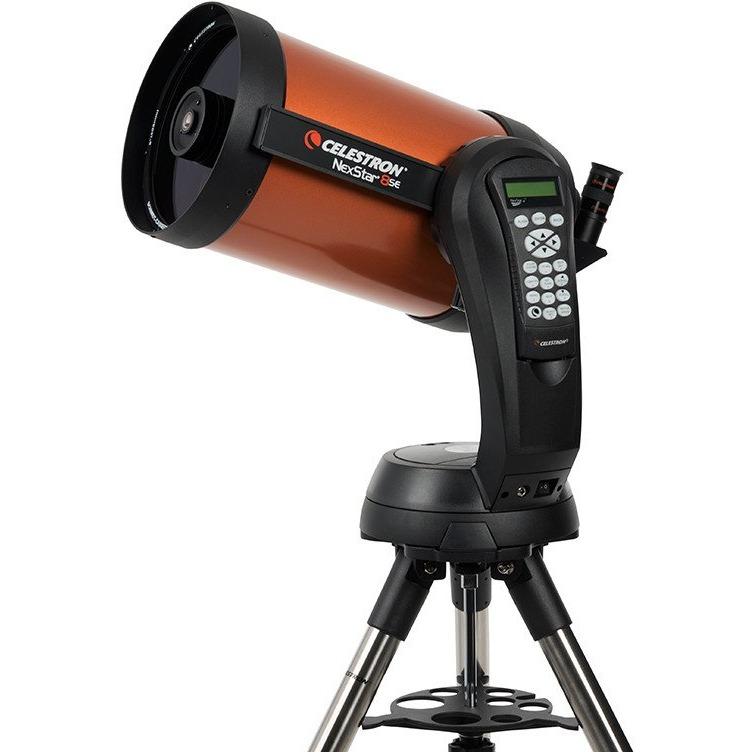
Equatorial Mount
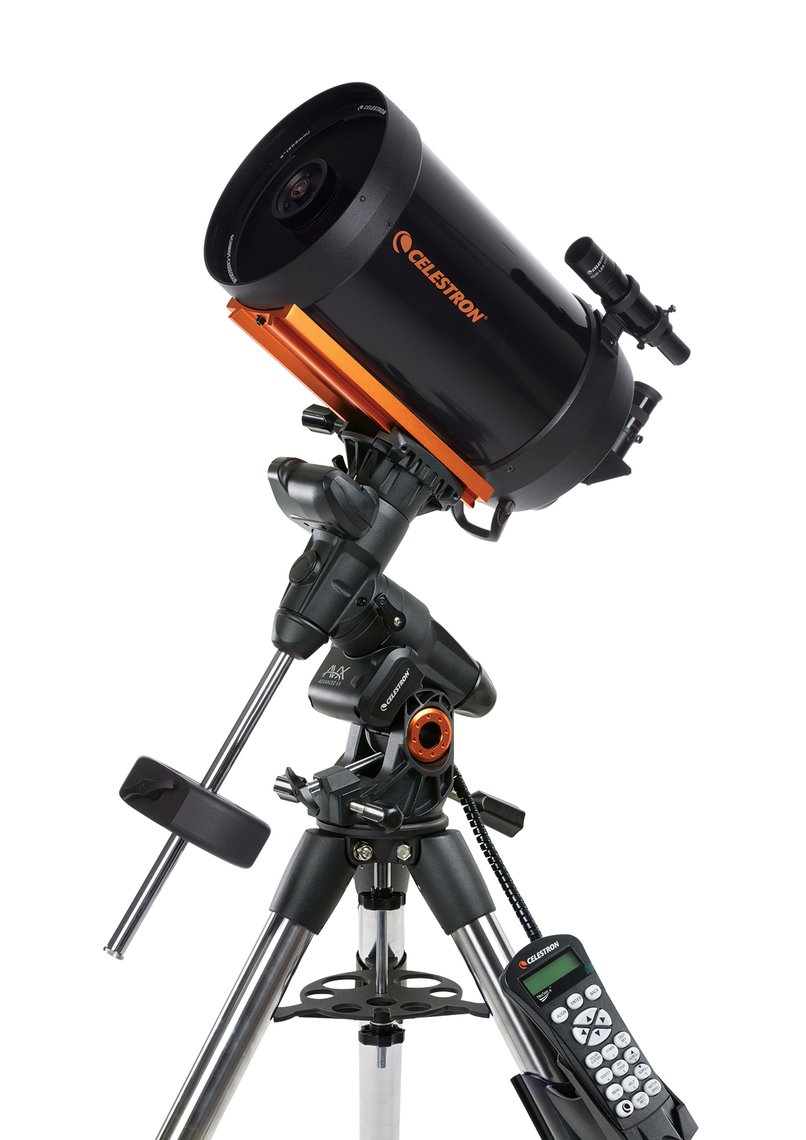
Weights of Mounts
There is a significant difference in the weights of the mounts and tripods.
The mount and tripod weight for the Alt-Az is 20lb. The mount can support 20lb for the scope and accessories.
The mount, tripod, and counter weight for the EQ is 60lb. The mount can support 30lb for the scope and accessories. The EQ weight for a small light mount is three times that of the Alt-Az.
Important Considerations for the Camper
In choosing a telescope aside from what has been discussed so far the three considerations for most campers who need a portable system are:
- Size
- Weight
- Cost
A telescope set-up has three main components and are usually separated into three pieces for transportation:
- Optical Tube Assembly (the telescope itself)
- Mount
- Tripod
Size
If we consider the three types of telescopes and compare each with the same size aperture, the size of the scope (optical tube assembly) will be (from smallest to largest):
- Schmidt-Cassegrain
- Newtonian (reflector)
- Refractor (usually at least twice as long as the other two with the same size aperture)
Weight
Refractors weigh more. Here are the weights for three popular Celestron 8-inch telescopes.
- Refractor = 19 lb.
- Newtonian = 9 lb.
- Schmidt-Cassegrain = 8 lb.
These weights do not include the mount or tripod. EQ mounts are significantly heavier, but a good EQ is much more accurate for tracking, much more expensive to purchase, and more difficult to set up. However with a computerized mount that can be aligned automatically, the alignment time is greatly reduced and fairly simple.
Cost
A comparison of three Celestron Scopes follows. I will use the same computerized EQ mount so we can compare prices of popular off-the-shelf systems.
- 6-inch Newtonian on an Advanced VX Equatorial Mount = $1,019
- 6-inch Schmidt-Cassegrain on an Advanced VX Equatorial Mount = $1,329
- 6-inch Refractor on an Advanced VX Equatorial Mount = $1,439
Telescope Matrix Chart
The chart below compares systems for same size aperture on a same mount. Green is the least expensive, smallest size, and lightest set up. Red is the highest in each category. This should not be used as a definitive guide. Higher cost systems in any category will result in better quality views. For astrophotography a smaller optical tube with a larger and more expensive mount will generally provide better results.
Another consideration may be the ability fo attach optional accessories, such as automatic focusers, WiFi modules, finder scopes, guiding scopes, etc.
The chart is a good beginning point in the decision making process.
Telescope Buying Guide for Campers (Part 2)
